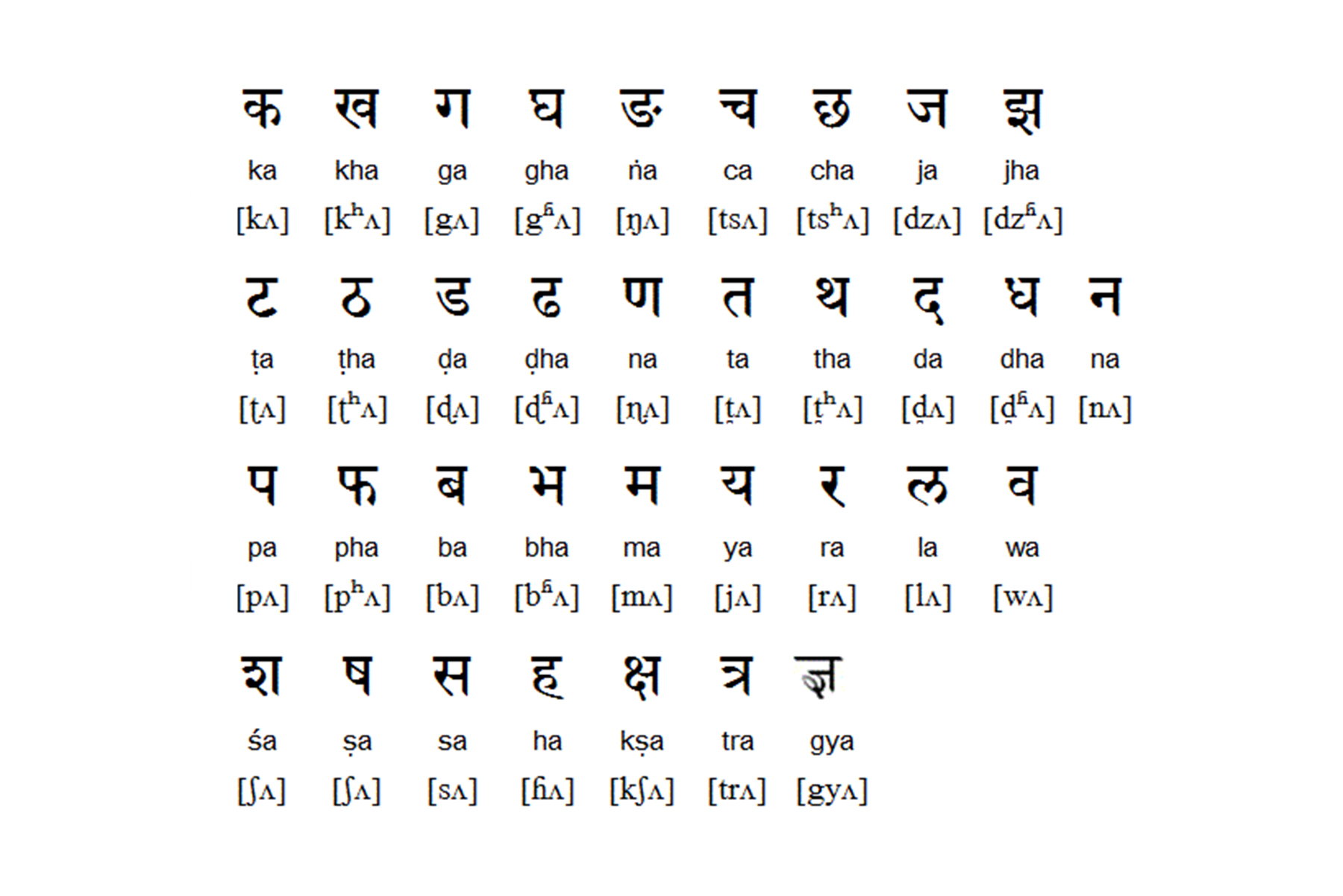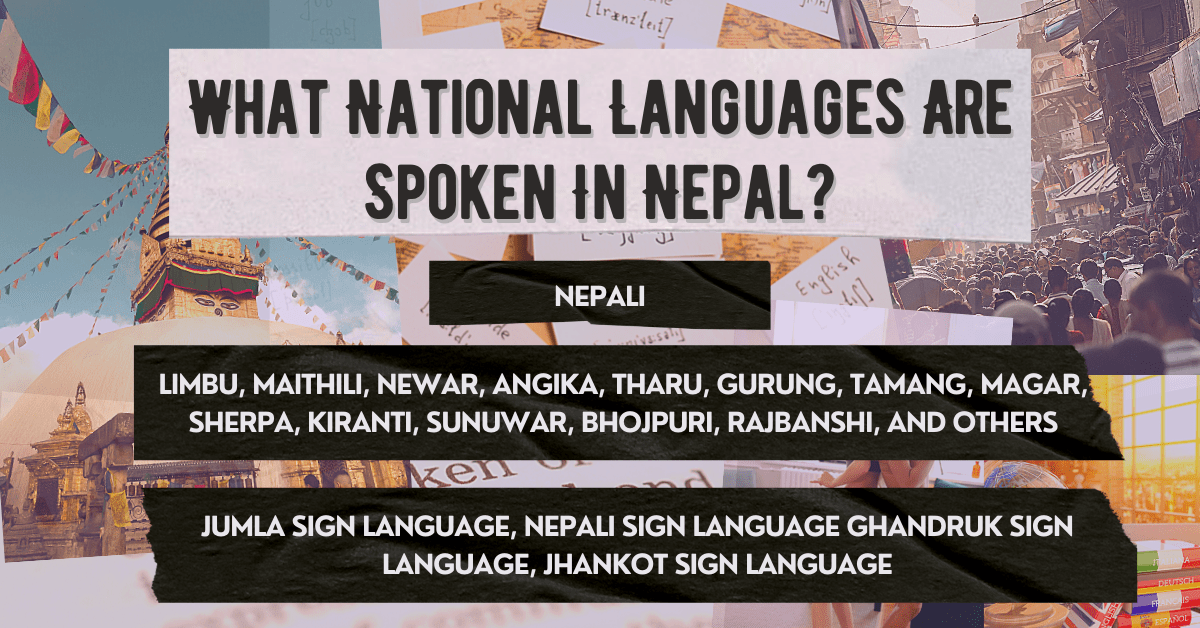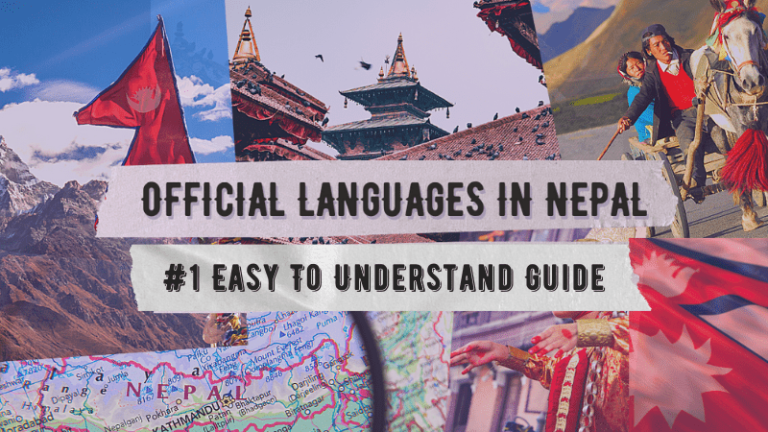Language in Nepal is a vibrant and diverse tapestry, reflecting the country’s rich cultural heritage and linguistic landscape. With Nepali as its official language, Nepal boasts a multitude of spoken tongues, each carrying its own historical, cultural, and social significance.
This comprehensive exploration delves into the languages spoken in Nepal, their geographical distribution, and the historical and cultural factors that have shaped this linguistic diversity. It also examines the official languages of Nepal, the challenges and opportunities of maintaining multiple official languages, and the endangered languages facing preservation concerns.
Languages Spoken in Nepal
Nepal is a linguistically diverse country with over 120 languages spoken within its borders. These languages belong to various language families, including Indo-Aryan, Tibeto-Burman, and a few Austroasiatic languages.
Geographical Distribution
The geographical distribution of languages in Nepal is influenced by the country’s diverse topography and ethnic composition. Indo-Aryan languages, such as Nepali, Maithili, and Bhojpuri, are predominantly spoken in the southern lowlands, known as the Terai region. Tibeto-Burman languages, such as Tamang, Gurung, and Sherpa, are primarily spoken in the mountainous regions of northern and eastern Nepal.
Historical and Cultural Factors
The linguistic diversity of Nepal is a result of historical and cultural factors. The influx of Indo-Aryan speakers from India over centuries has led to the dominance of Indo-Aryan languages in the lowlands. Additionally, the country’s mountainous terrain has contributed to the preservation of numerous Tibeto-Burman languages, which have been spoken in the region for thousands of years.
Official Languages of Nepal

Nepal has a rich linguistic diversity, with over 120 languages spoken throughout the country. Nepali is the official language of Nepal, and it is spoken by a majority of the population. However, there are also several other official languages, including Newari and Maithili, which are spoken by significant portions of the population.
The history of Nepali as the official language of Nepal dates back to the 19th century. In 1854, Jung Bahadur Rana, the Prime Minister of Nepal, declared Nepali as the official language of the country. This decision was made in an effort to unify the country and to create a common language for communication between the different ethnic groups in Nepal.
Today, Nepali is the official language of Nepal and it is used in all government communications, education, and media. However, there are also several other official languages that are spoken in Nepal. These languages include Newari, Maithili, Bhojpuri, Tharu, and Tamang.
These languages are spoken by significant portions of the population and they are recognized as official languages by the government of Nepal.
The use of multiple official languages in Nepal presents both challenges and opportunities. One of the challenges is that it can be difficult to communicate effectively with people who speak different languages. This can lead to misunderstandings and conflict. However, the use of multiple official languages also provides an opportunity for people from different linguistic backgrounds to participate in the political and economic life of the country.
Role of Newari and Maithili
Newari is the language of the Newar people, who are an indigenous ethnic group in Nepal. Newari is spoken by about 1.3 million people in Nepal, and it is the second most widely spoken language in the country. Newari is a Tibeto-Burman language, and it is closely related to Tibetan and Burmese.
Newari is used in all spheres of life in the Kathmandu Valley, and it is also used in some parts of central and eastern Nepal.
Maithili is the language of the Maithil people, who are an ethnic group in Nepal and India. Maithili is spoken by about 3.5 million people in Nepal, and it is the third most widely spoken language in the country. Maithili is an Indo-Aryan language, and it is closely related to Hindi and Bengali.
Maithili is used in all spheres of life in the Mithila region of Nepal, and it is also used in some parts of eastern Nepal.
Both Newari and Maithili are important languages in Nepal, and they play a significant role in the cultural and linguistic diversity of the country. These languages are used in education, government, and the media, and they are spoken by a large number of people in Nepal.
Challenges and Opportunities of Maintaining Multiple Official Languages
There are both challenges and opportunities associated with maintaining multiple official languages in Nepal. One of the challenges is that it can be difficult to communicate effectively with people who speak different languages. This can lead to misunderstandings and conflict.
However, the use of multiple official languages also provides an opportunity for people from different linguistic backgrounds to participate in the political and economic life of the country.
Another challenge is that it can be difficult to provide education in multiple languages. This is because it requires the government to provide teachers who are qualified to teach in multiple languages. However, the use of multiple official languages also provides an opportunity for people from different linguistic backgrounds to receive an education in their own language.
Overall, the use of multiple official languages in Nepal presents both challenges and opportunities. It is important to find ways to address the challenges while also taking advantage of the opportunities that multiple official languages provide.
Endangered Languages of Nepal

Nepal is home to a diverse array of languages, but several of them are facing the threat of extinction. Endangered languages in Nepal are those that have a limited number of speakers and are at risk of disappearing due to various factors.
Globalization and language shift are major contributors to language endangerment in Nepal. As the world becomes increasingly interconnected, dominant languages such as English and Nepali are gaining prominence, leading to a decline in the use of minority languages.
Strategies for Preserving Endangered Languages
Preserving and revitalizing endangered languages is crucial for maintaining linguistic diversity and cultural heritage. Several strategies can be employed to achieve this:
- Documentation and Research:Documenting endangered languages through recordings, transcriptions, and grammatical studies is essential for preserving their knowledge and understanding.
- Education and Language Revitalization Programs:Establishing educational programs that teach and promote endangered languages can help revive their use among younger generations.
- Government Support:Governments can play a significant role by providing funding and support for language preservation projects, including documentation, education, and community initiatives.
li> Community Involvement:Engaging local communities in language preservation efforts is crucial. Encouraging the use of endangered languages in everyday communication and cultural practices can help revitalize them.
Language and Education in Nepal

Language plays a crucial role in education in Nepal, as it serves as the medium of instruction and a tool for acquiring knowledge. The choice of language used in education has a significant impact on students’ learning outcomes and overall educational experience.
Challenges of Using Nepali as the Medium of Instruction
While Nepali is the official language of Nepal, its use as the sole medium of instruction in education presents certain challenges:
- Limited Access for Non-Nepali Speakers:Nepali is not the native language for many ethnic groups in Nepal, creating language barriers for students from diverse linguistic backgrounds.
- Inequality in Educational Outcomes:Students whose native language is not Nepali may face difficulties in understanding and expressing themselves, leading to disparities in educational achievement.
- Suppression of Cultural Diversity:The exclusive use of Nepali in education can marginalize the languages and cultures of Nepal’s diverse ethnic communities.
Benefits of Using Nepali as the Medium of Instruction
Despite the challenges, using Nepali as the medium of instruction also offers benefits:
- National Unity:Nepali serves as a unifying language, promoting national identity and fostering a sense of belonging among students from different linguistic backgrounds.
- Preservation of Nepali Language:Using Nepali in education helps preserve and promote the national language, ensuring its continued vitality.
- Practicality:Nepali is widely spoken throughout the country, making it a practical choice for communication and educational purposes.
Innovative Approaches to Language Teaching and Learning in Nepal
To address the challenges and leverage the benefits of language in education, Nepal has implemented innovative approaches:
- Multilingual Education:Some schools offer multilingual education programs, allowing students to learn in their native language alongside Nepali.
- Contextualized Learning:Educational materials are adapted to reflect the cultural and linguistic backgrounds of students, making learning more relevant and engaging.
- Technology-Assisted Language Learning:Technology is used to support language teaching and learning, providing interactive and accessible resources for students.
Language and Identity in Nepal
Language plays a pivotal role in shaping the cultural and social identity of Nepal. It serves as a medium of communication, expressing cultural values, traditions, and beliefs. The linguistic diversity of Nepal reflects the country’s rich cultural heritage and contributes to its unique national identity.
Language as a Reflection of Cultural Values, Language in nepal
The languages spoken in Nepal embody the cultural values and traditions of the respective communities. For instance, the Newari language, spoken by the Newar community, is closely intertwined with the religious practices and rituals of the Kathmandu Valley. Similarly, the Tharu language, spoken by the Tharu people, reflects their agricultural lifestyle and close connection to nature.
Language in Social and Political Identity
Language can also shape social and political identities in Nepal. The use of different languages often aligns with ethnic and regional affiliations. For example, the Nepali language, the official language of Nepal, is primarily spoken by the Khas-Arya ethnic group, while the Maithili language is associated with the Maithili community.
Language can thus become a symbol of group identity and can influence political dynamics.
Conclusive Thoughts: Language In Nepal
In conclusion, language in Nepal is an integral part of the nation’s identity, expressing cultural values, shaping social and political landscapes, and serving as a vital tool for education and communication. Understanding the linguistic diversity of Nepal is essential for appreciating the country’s rich cultural heritage and promoting linguistic preservation efforts.
Question & Answer Hub
What is the most widely spoken language in Nepal?
Nepali is the most widely spoken language in Nepal, serving as the official language and lingua franca.
How many languages are spoken in Nepal?
Nepal is home to over 120 distinct languages, reflecting its linguistic diversity.
Are there any endangered languages in Nepal?
Yes, several languages in Nepal are considered endangered, including Kusunda, Raute, and Bantawa.